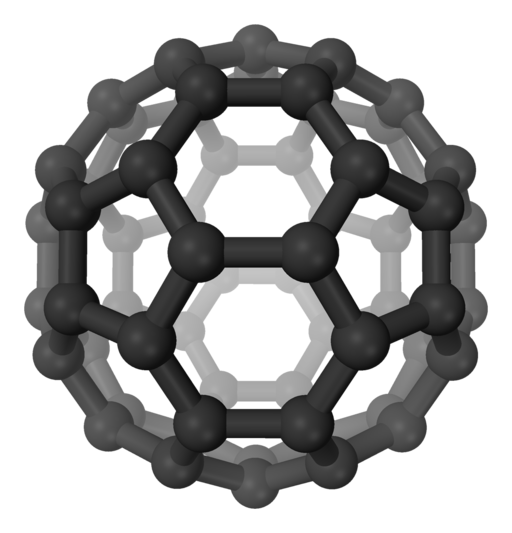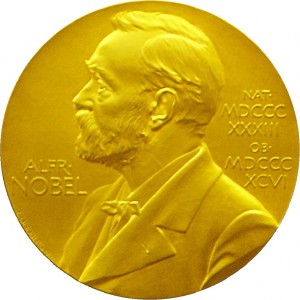
Buckminsterfullerene, also known as C60 and buckyballs, are believed to cause interstellar absorption patterns that have confounded scientists for decades.
For at least 100 years scientists have been observing unknown absorption bands in outer space. These diffuse interstellar bands were of unknown origin, until just recently.
Astronomers have believed buckyballs, or fullerene to be behind the phenomena since the mid-90s. Fullerenes are molecular carbon, made of 60 carbon atoms and shaped like soccer balls or geodesic domes. The wavelengths of light that buckyballs absorbed when encased in an unreactive frozen solids were similar to the patterns observed in space. But, since they were unable to observe the molecules under space-like conditions, it was not possible to claim that they were the definite cause. Over the next 20 years, researchers have worked on observing C60 in space-like conditions. Now, John Maier has observed behavior of fullerene ions at close to absolute zero and under high vacuum. They found spectral lines at wavelengths of 9577 and 9632 angstroms, which match the patterns seen in space. This result offers considerable evidence that the molecules are behind the bands. The research is published at Nature.
